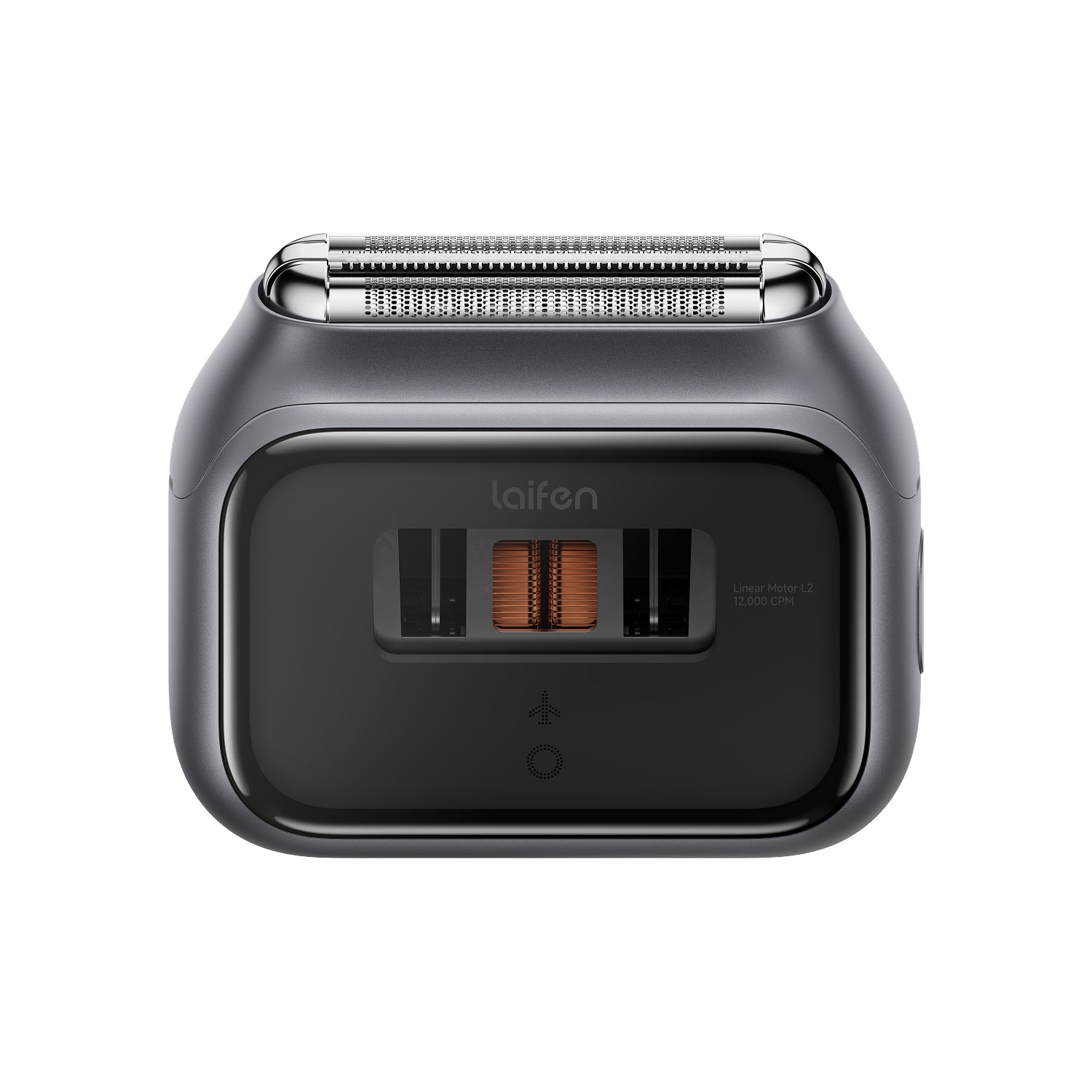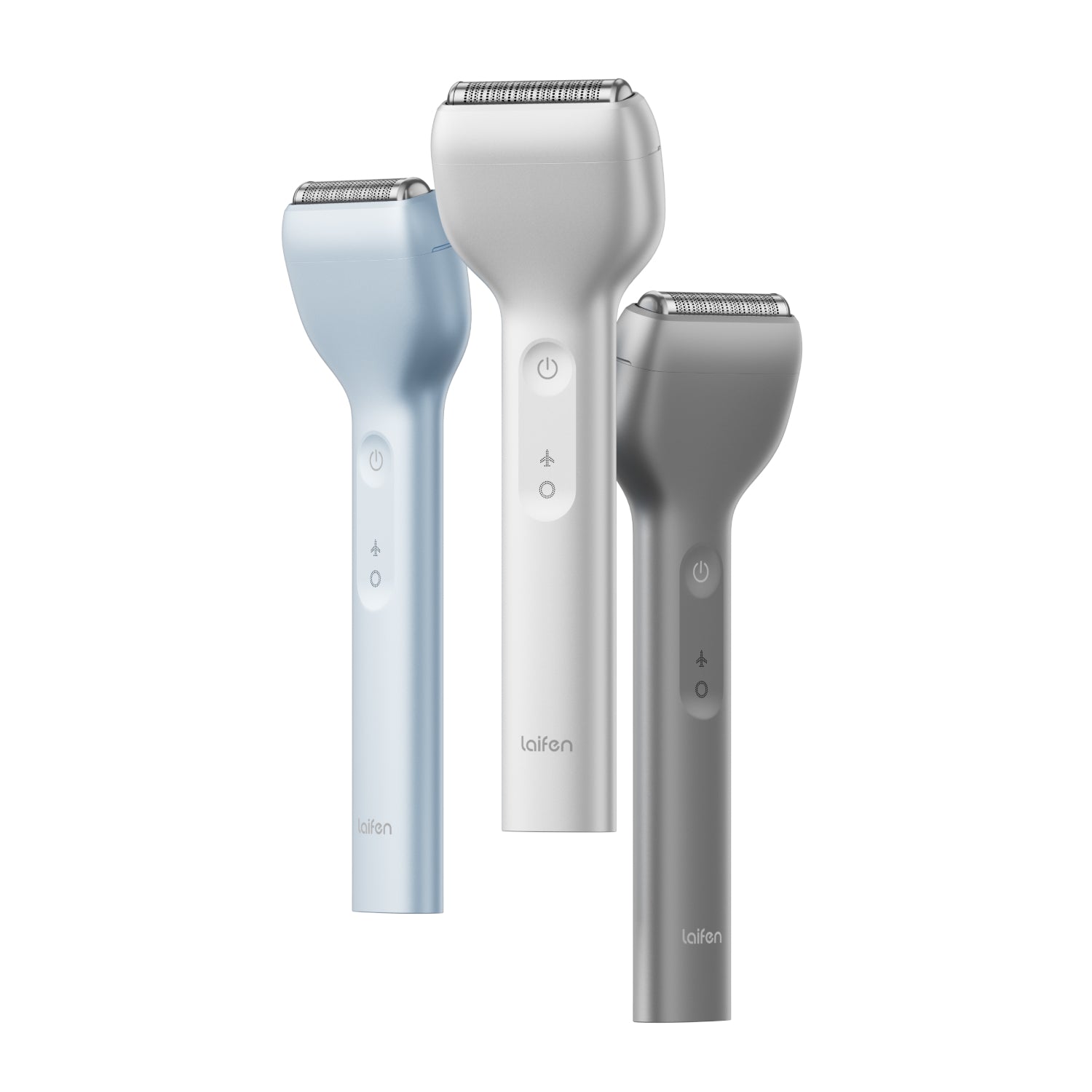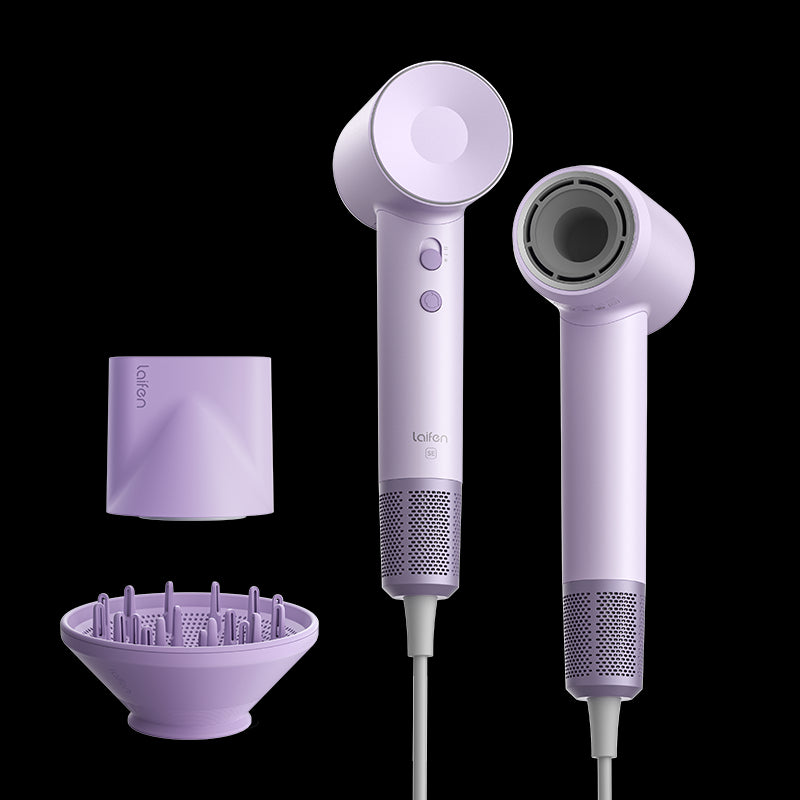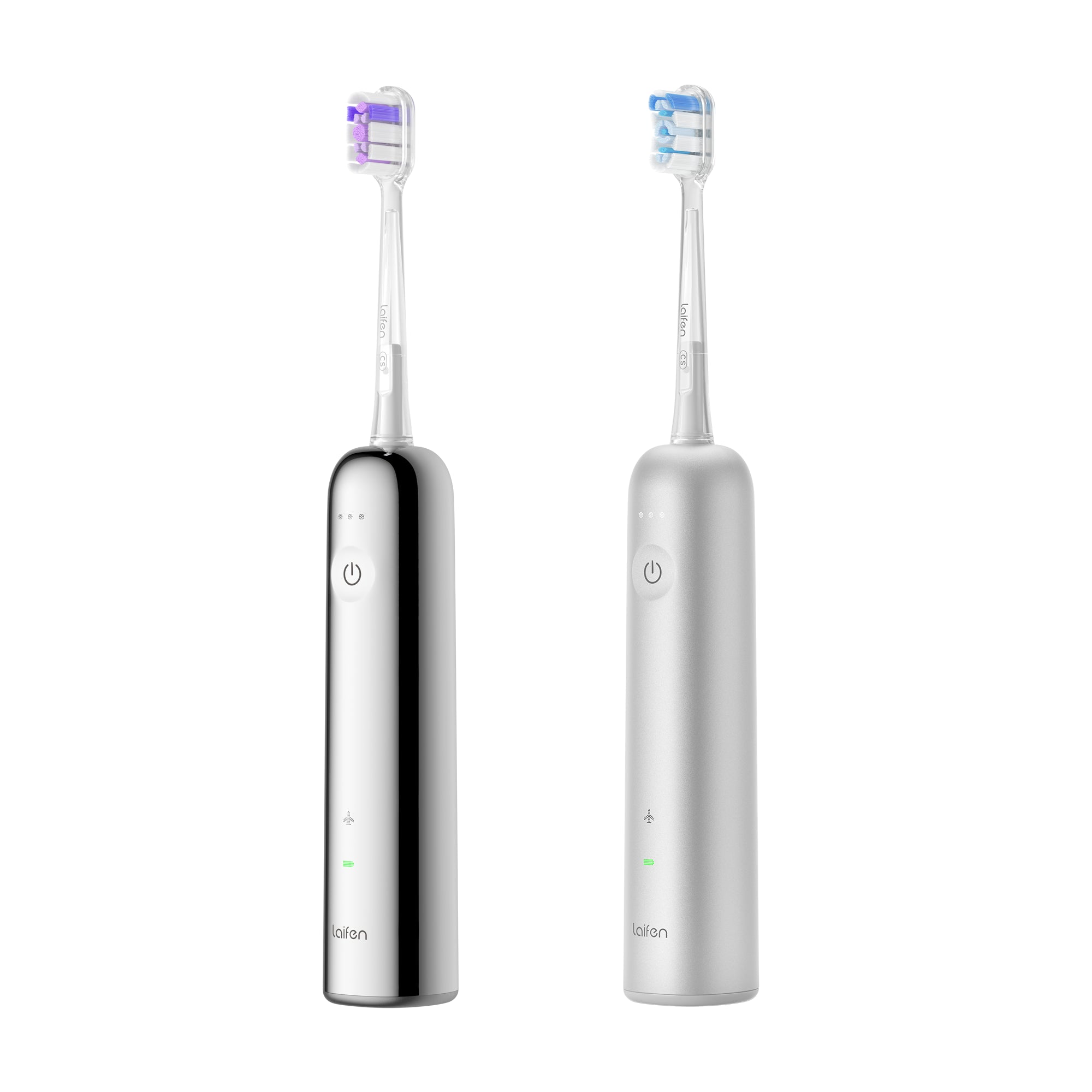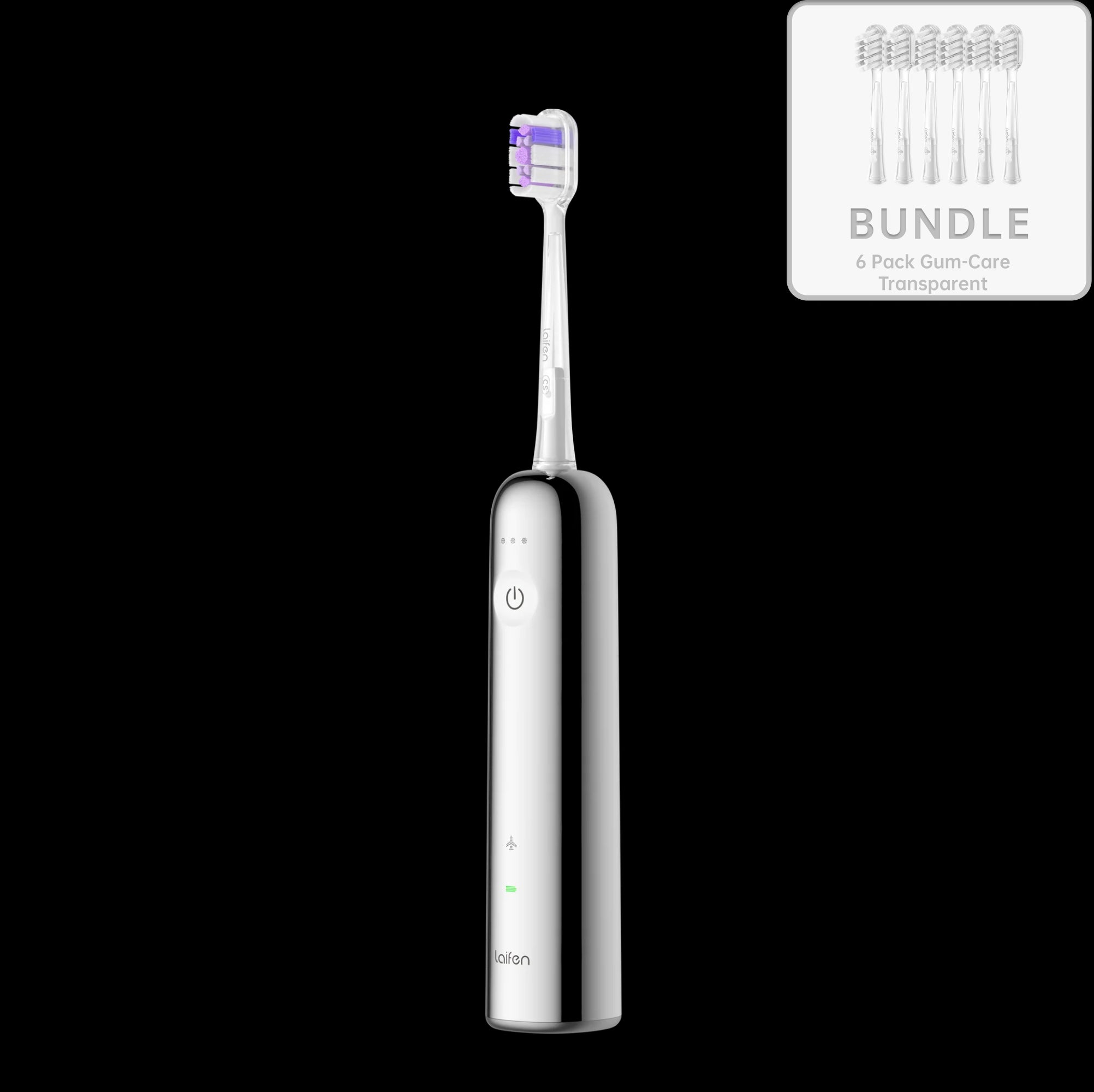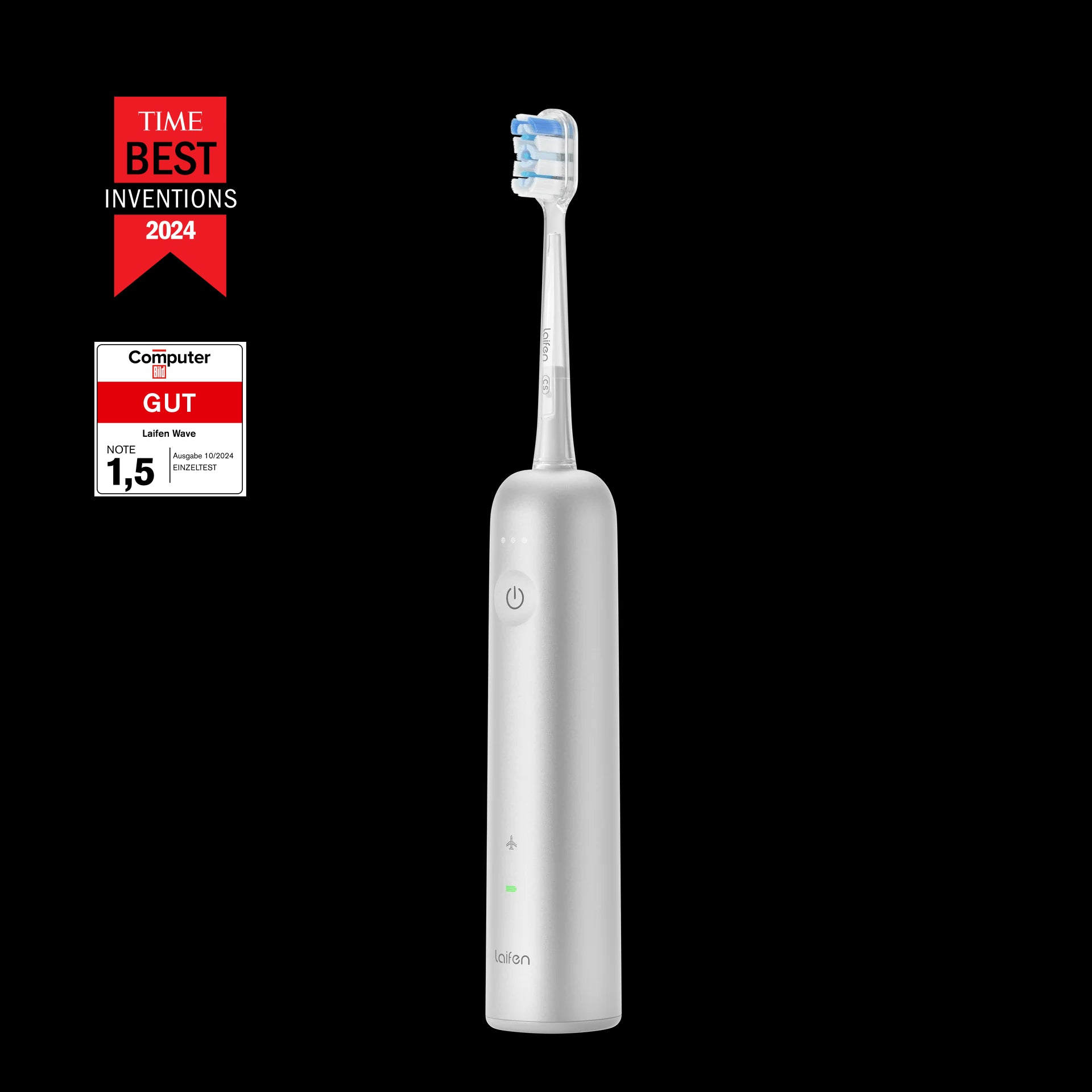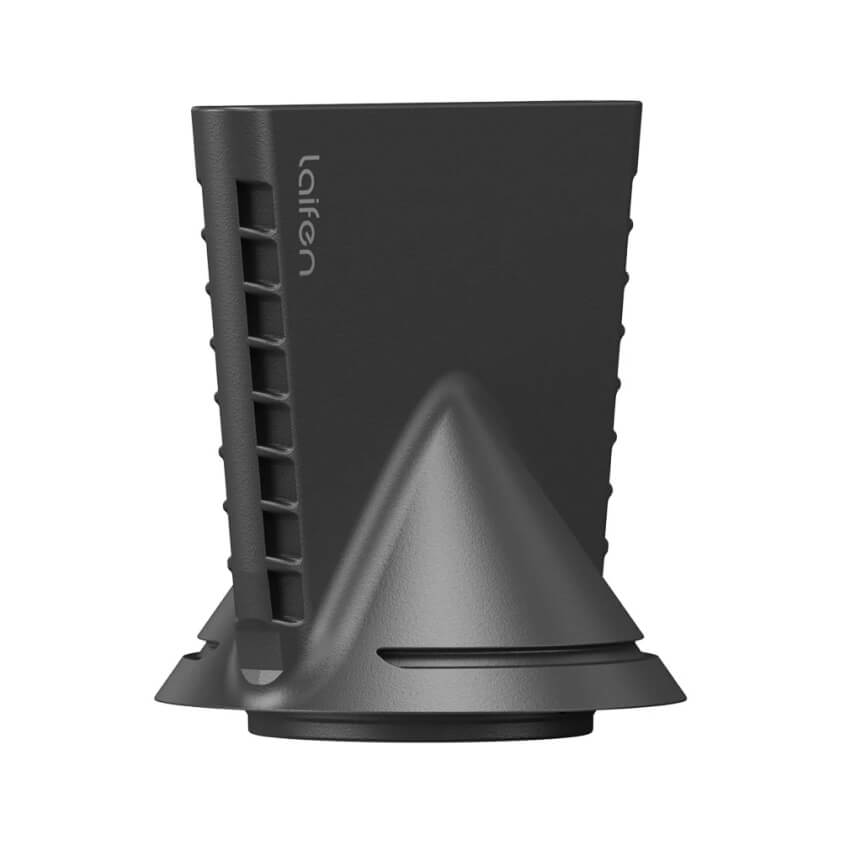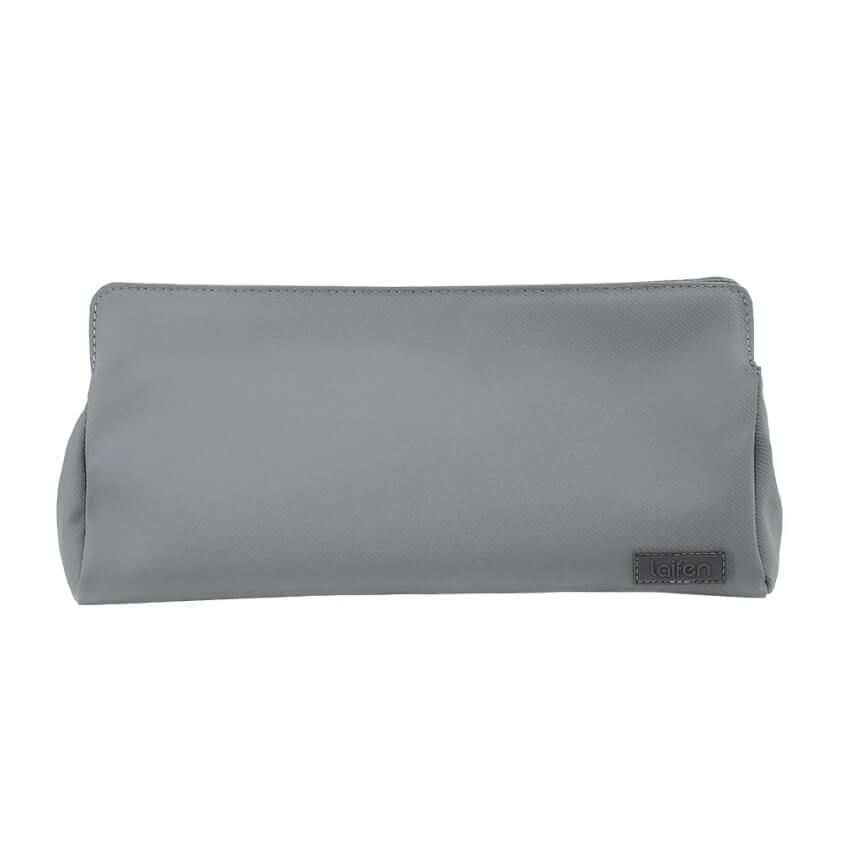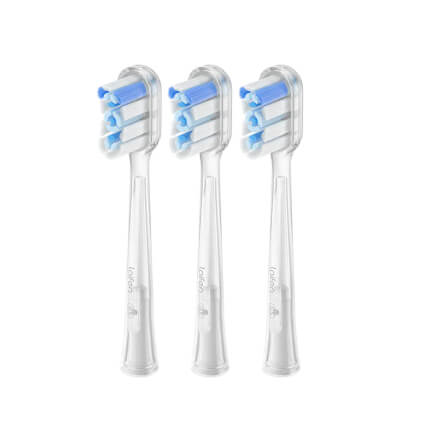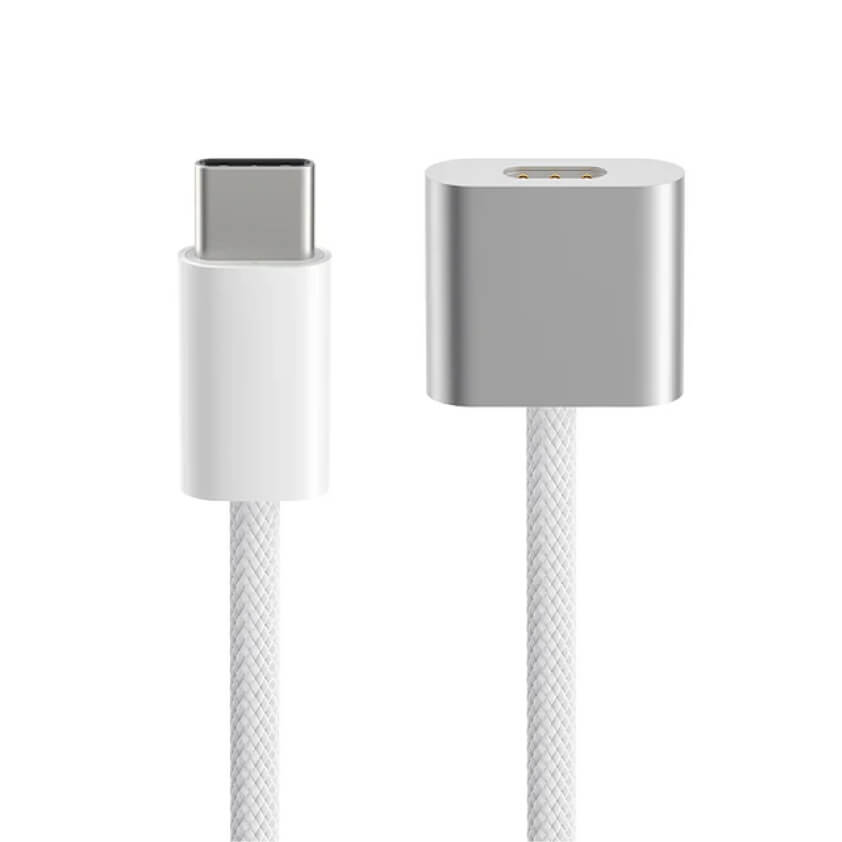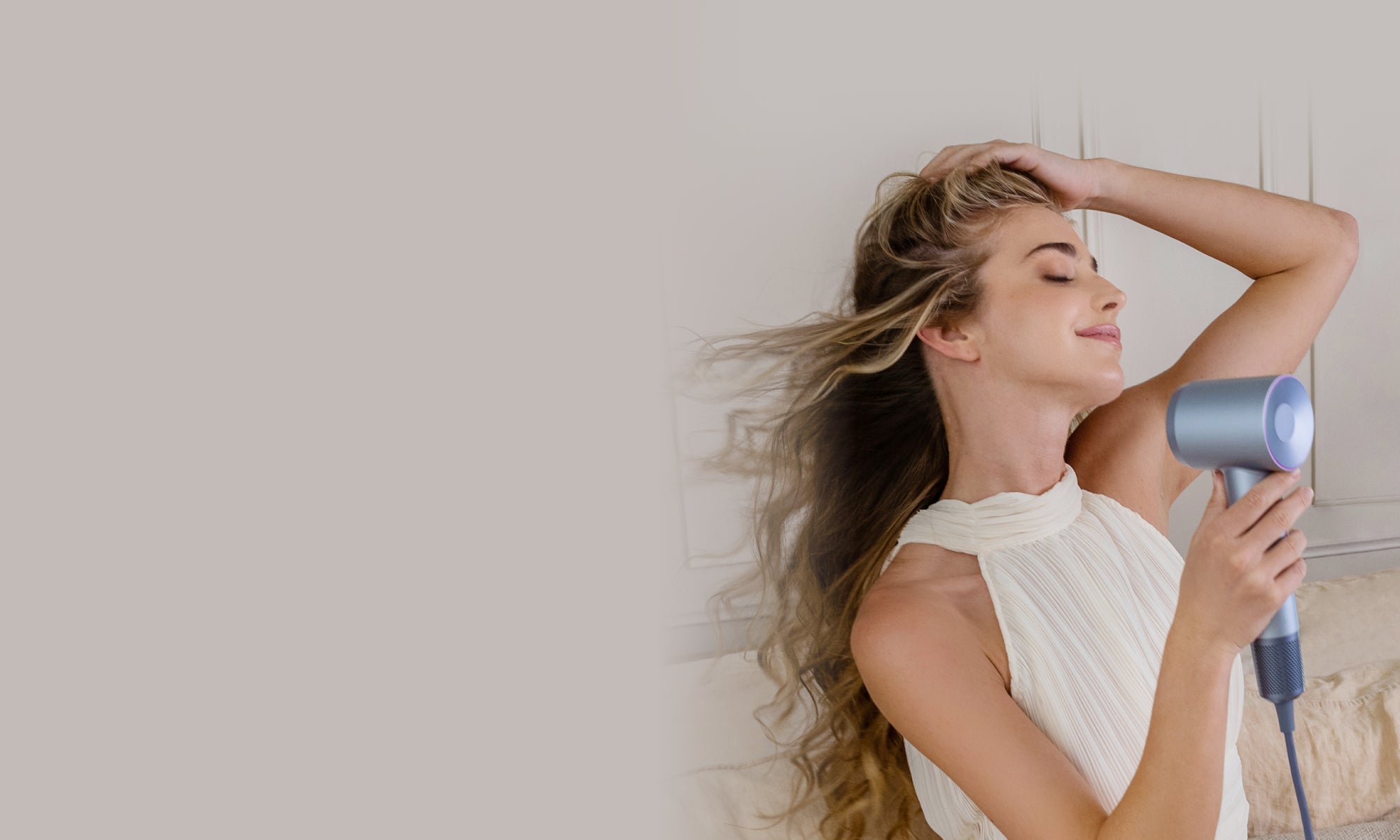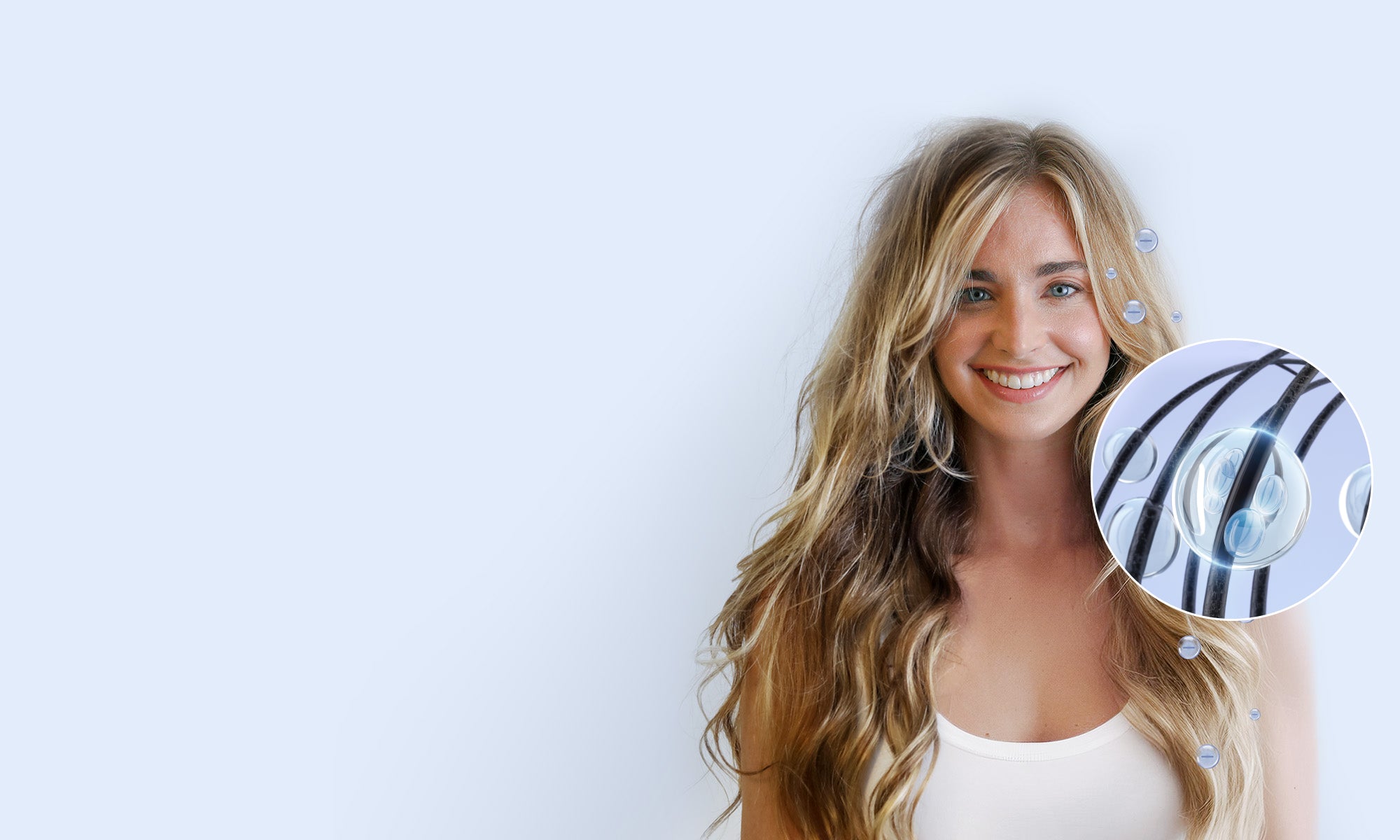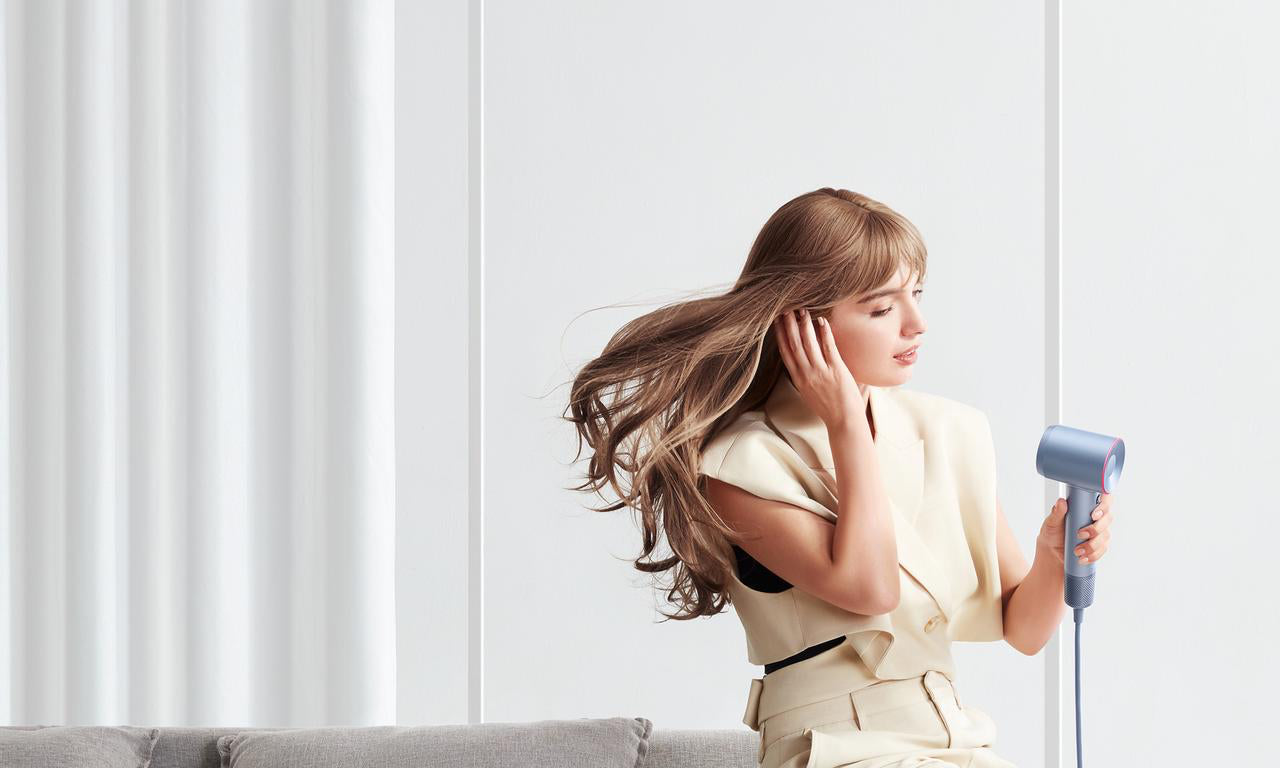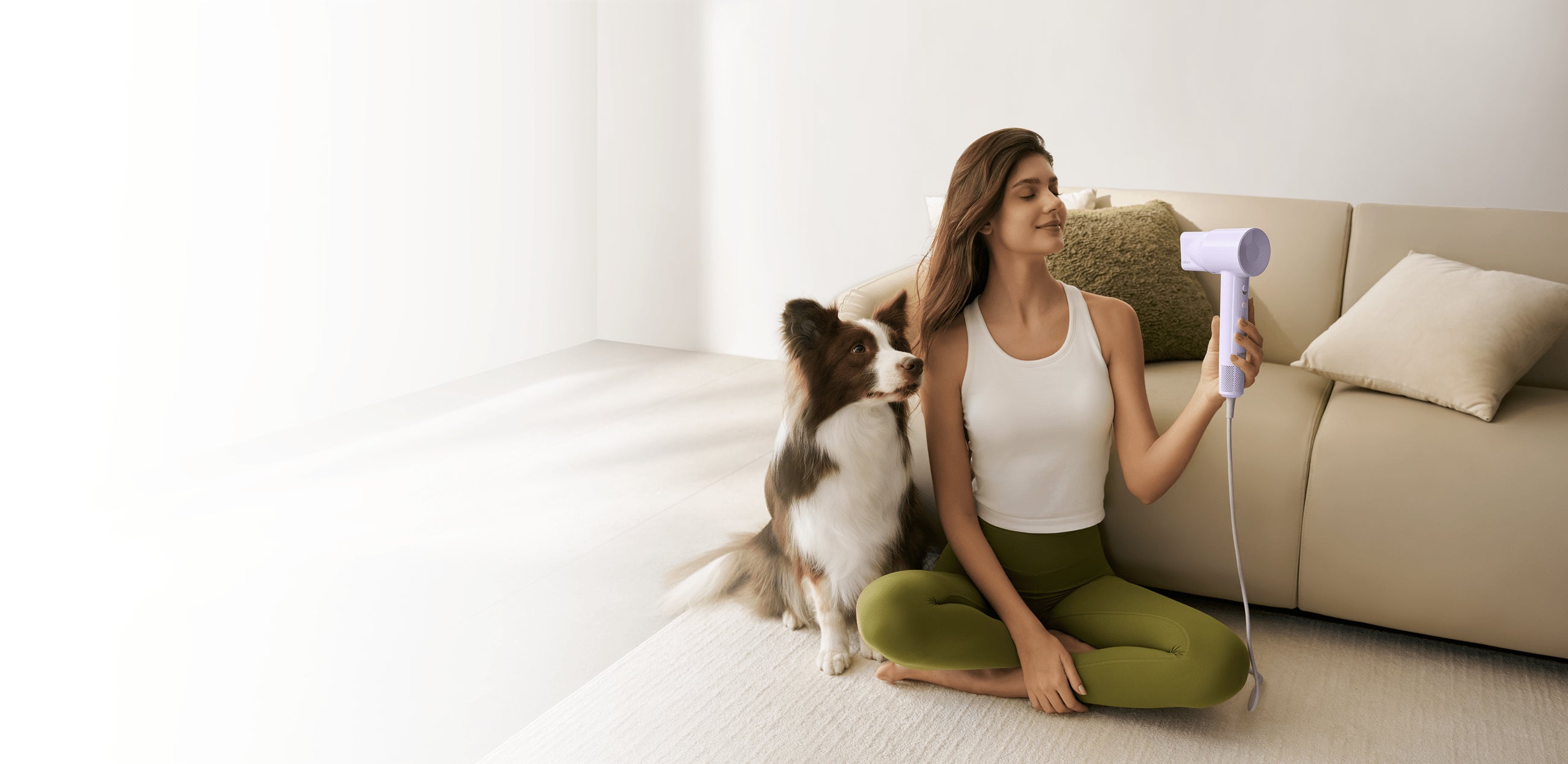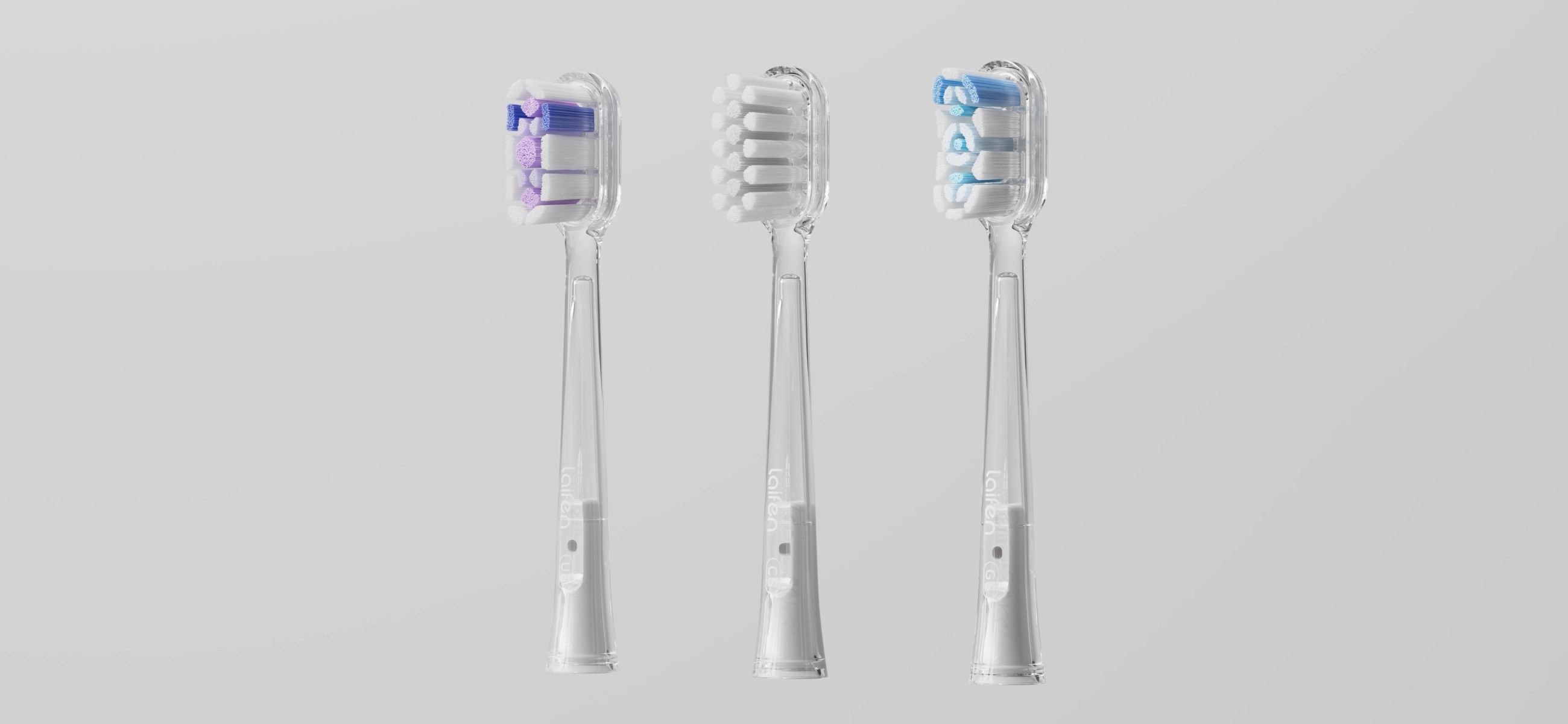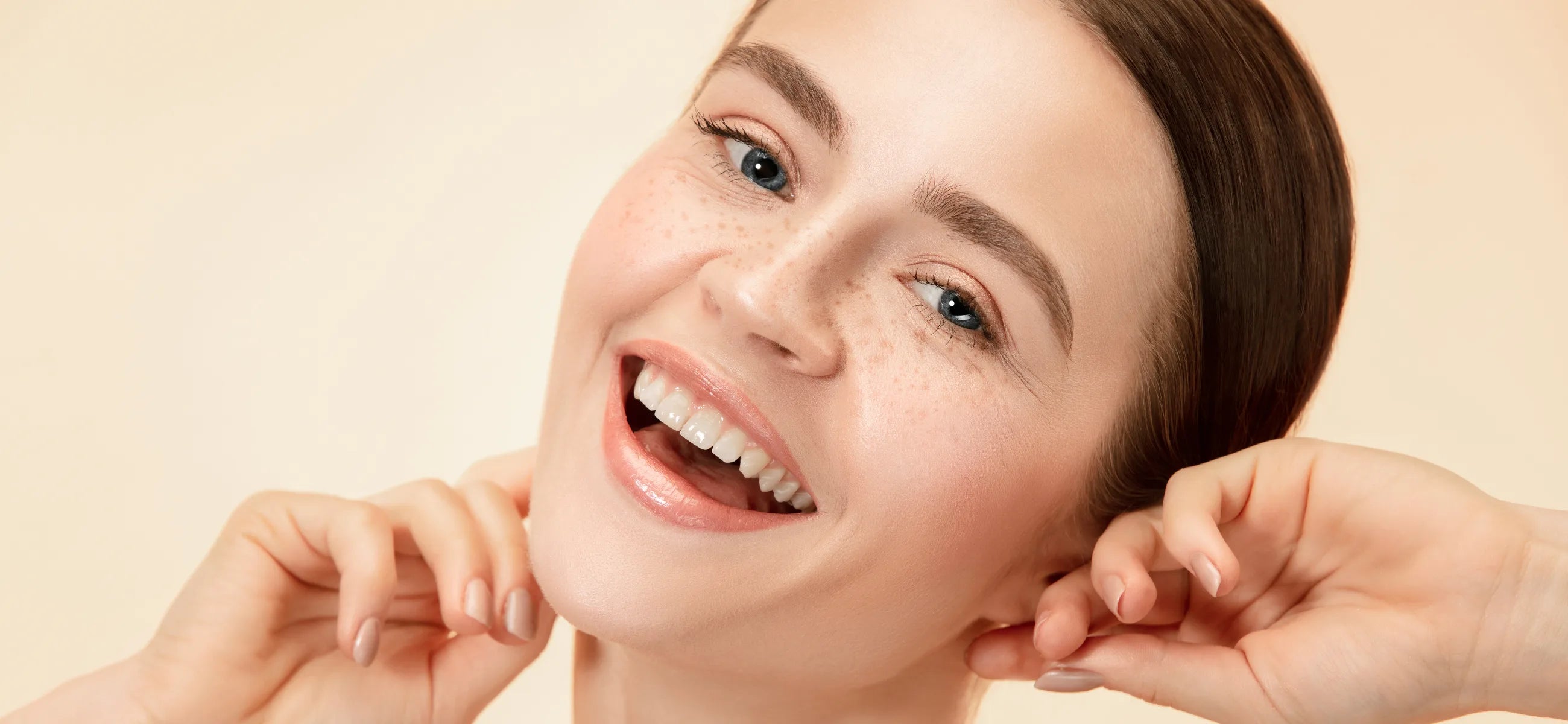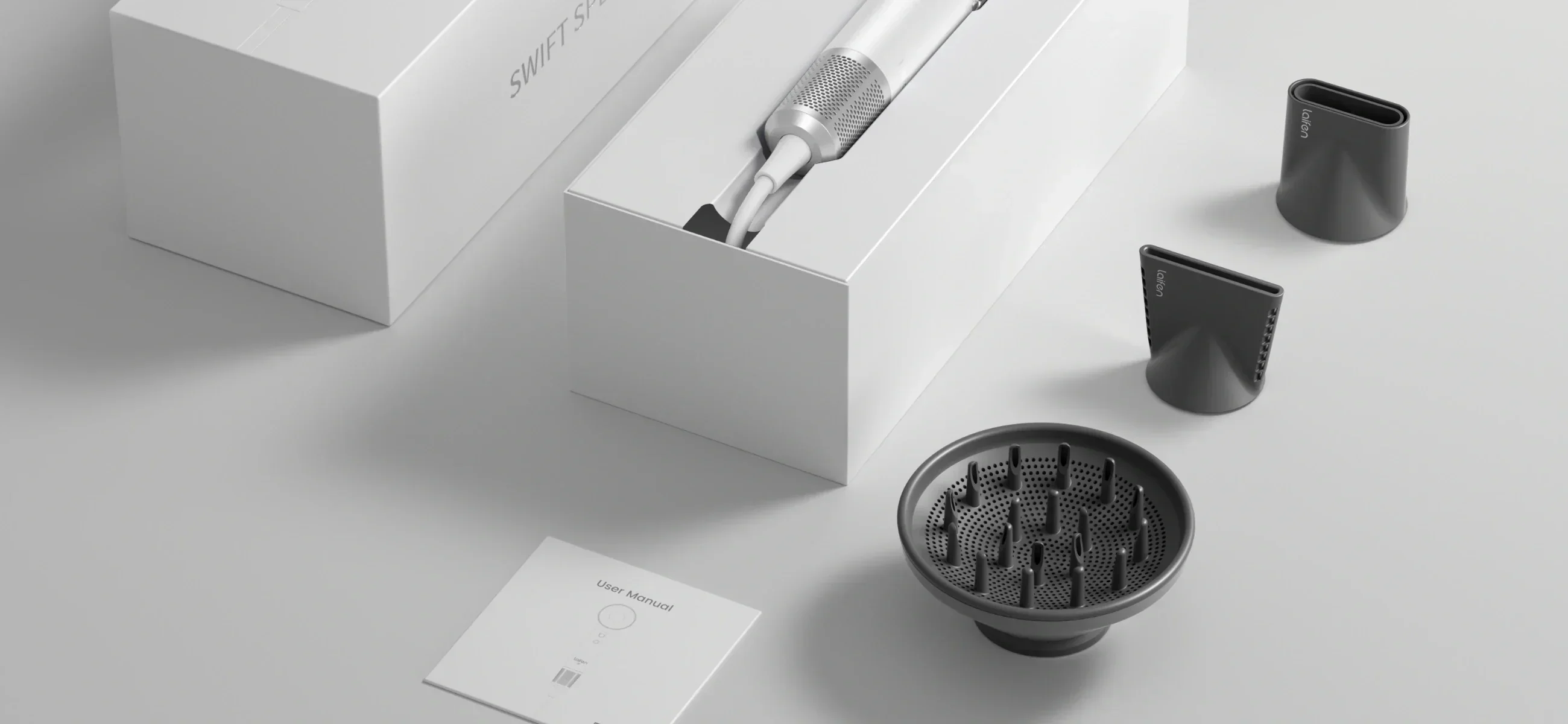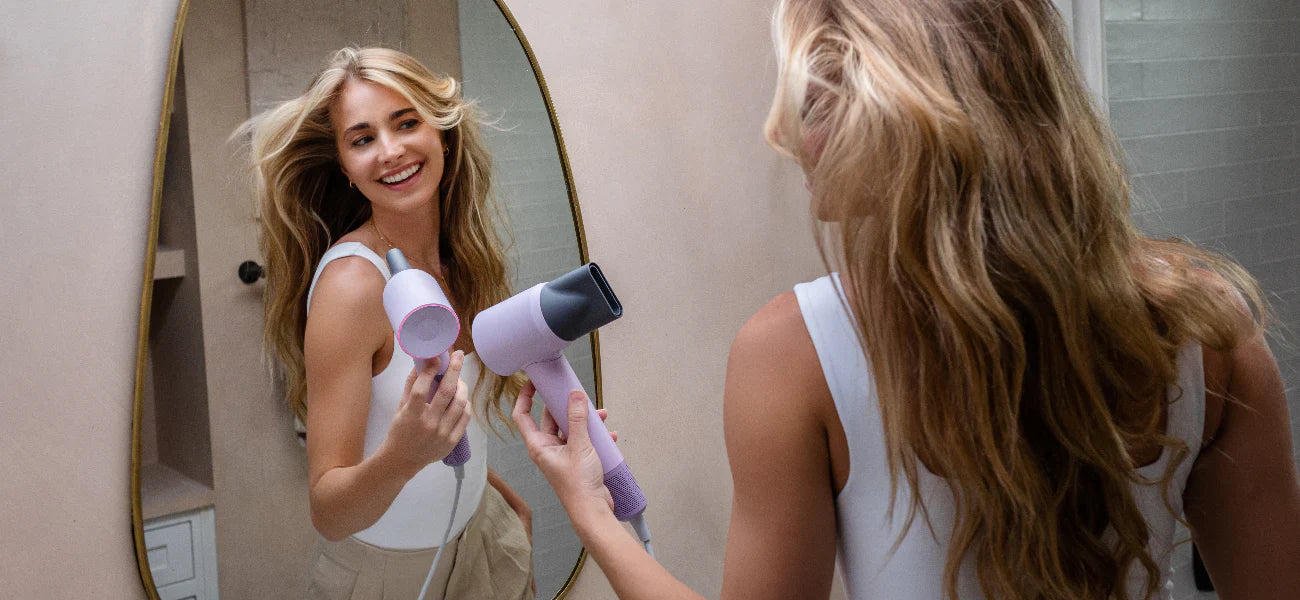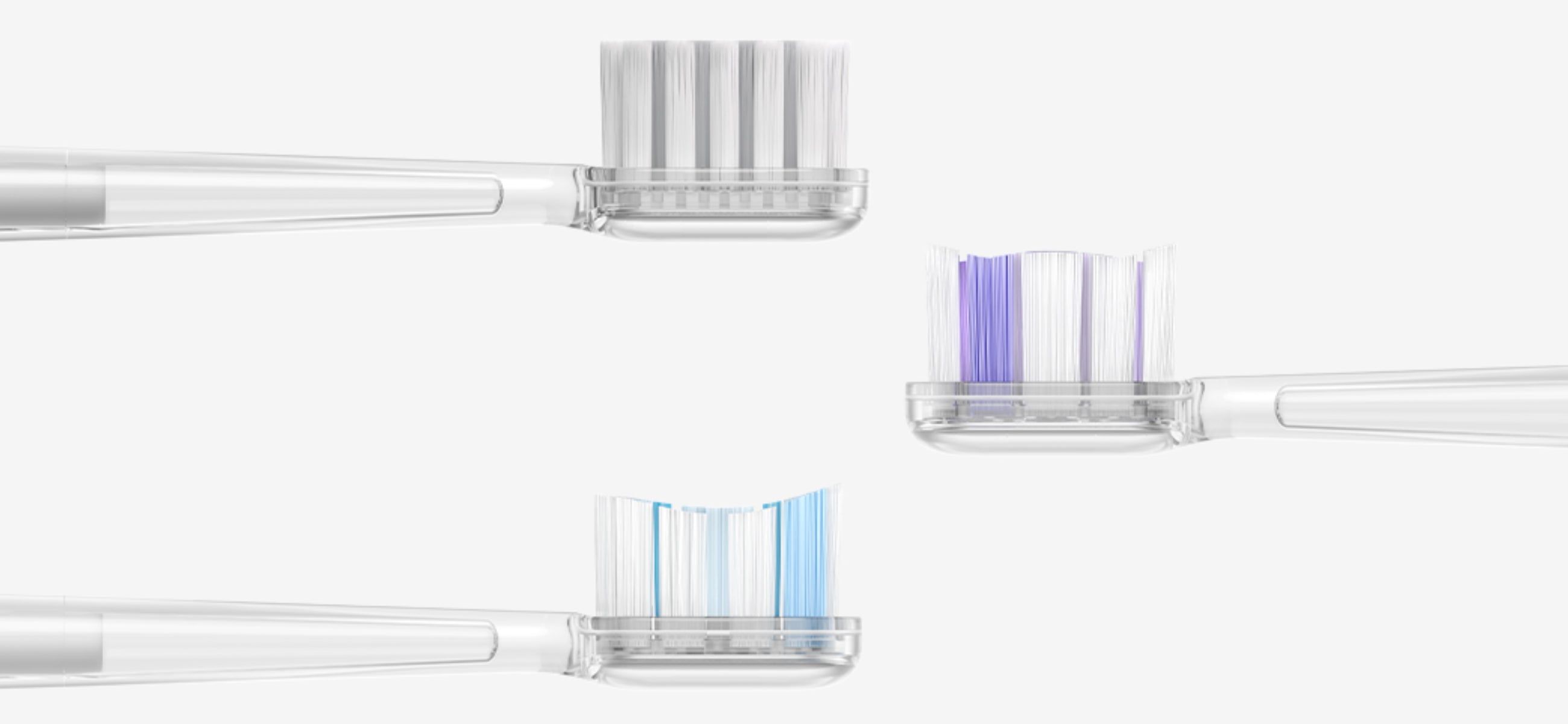
In this article
The bristles of your toothbrush are not just there to look pretty, they powerfully decide how effectively you clean, how your gums feel afterward, and whether you’re getting that fresh-out-of-the-dentist shine or just moving toothpaste around. If you choose the wrong bristles, and you could be looking at gum irritation, enamel wear, or worse, as those sneaky plaque spots that stick around and throw a cavity party.
Most toothbrush bristles fall into three main categories: soft, medium, and hard. In this space, we’re all about helping you pick the best bristles for your pearly whites, so you can brush with confidence and avoid dental drama.
Main types of toothbrush bristles
Review toothbrush head types, and you can read up to Soft VS Medium Toothbrush and Are Soft Toothbrushes Good for Dental Hygiene?

Comparison
|
Bristle type |
Best for |
Pros |
Cons |
|
Soft |
Most people, sensitive gums |
Lenient, effective cleaning |
Might not feel scrubby enough |
|
Medium |
Plaque fighters who want more power |
Better at plaque removal than soft |
Can irritate gums, wear enamel if too aggressive |
|
Hard |
Specific dental recommendations |
Great for heavy plaque/stains |
High risk of enamel and gum damage |
|
Charcoal-infused |
Natural whitening, odor control |
Lifts stains, freshens breath |
Can be abrasive if used with too much pressure |
|
Nylon |
General use, standard option |
Affordable, flexible, durable |
Wears out quickly, prone to fraying |
|
Bamboo bristles |
Eco-conscious users |
Biodegradable, sustainable |
Softer bristles wear out faster |
|
PBT bristles |
High-end electric toothbrushes |
Holds shape longer, more durable than nylon |
Slightly more expensive |
|
Silicone bristles |
Sensitive gums, innovative designs |
Ultra-gentle, hygienic |
Less effective for tough plaque |
|
Natural bristles |
All-natural enthusiasts |
Biodegradable, sustainable |
Can harbor bacteria, rougher on gums |
Soft bristles
Soft bristles are the bread and butter of toothbrushes. Recommended by dentists for most people, they’re benign on your gums while still giving a thorough clean.
Medium bristles
If you’re looking for more scrubbing power but don’t want to go overboard, medium bristles hit that sweet spot. They’re tougher on plaque but can be a little harsh on sensitive gums, so brush lightly to avoid irritation.
Hard bristles
These are the heavy-duty bristles, designed for intense cleaning. For people with specific dental needs, like heavy plaque buildup. However, they come with a risk—used incorrectly, they can cause serious enamel erosion and gum damage. Read up to Are Hard Bristle Toothbrushes Good Options?
Charcoal-infused bristles
For a natural twist, charcoal bristles are infused with activated charcoal to help lift surface stains and neutralize bad breath. For mild whitening, but be kind—they can be a bit abrasive if you’re too enthusiastic.
Nylon bristles
The classic choice for toothbrushes, nylon bristles are affordable, flexible, and durable. They come in various levels of softness and get the job done. However, they tend to fray faster, so you’ll need to replace them regularly.
Bamboo bristles
Looking to go green? Bamboo bristles are biodegradable and sustainable. They’re softer, so they’re mild on gums but might wear out quicker than nylon.
PBT bristles
PBT (Polybutylene Terephthalate) bristles are the luxury option, found in many high-end electric toothbrushes. They’re more durable and hold their shape longer than nylon, giving you a consistent clean over time. For those who want long-lasting performance.
Silicone bristles
Silicone bristles offer an ultra-gentle clean, ideal for people with sensitive gums or post-dental procedures. They’re also more hygienic, as they resist bacteria buildup. However, they might not cut it for heavy plaque removal.
Natural bristles
Made from animal hair, natural bristles appeal to the all-natural crowd. While they’re biodegradable and sustainable, they’re less hygienic and can be rougher on your gums. For daily use.
How to recycle toothbrush bristles?
Ever wondered what to do with your old toothbrush bristles? The good news is that you don’t have to toss them straight into the trash. There are some clever ways to repurpose or recycle your old toothbrush friends.
1. Separate the bristles
Most curbside recycling programs won’t accept toothbrushes as-is, but you can start by removing the bristles. Use pliers to pull them out from the handle. While the handle might be recyclable (especially if it’s bamboo or another sustainable material), the bristles will likely need a different approach.

2. TerraCycle programs
Brands like Colgate partner with TerraCycle, a company that specializes in recycling hard-to-recycle items. You can collect old toothbrushes, bristles, and other oral care products, then send them off to TerraCycle through free recycling programs.
3. Upcycle for cleaning
Why not give those bristles a second life? Once removed, they make great tools for cleaning small or hard-to-reach areas, like grout lines, jewelry, or even your car’s air vents.
4. DIY art projects
Feeling crafty? Old bristles can be used in unique art or home projects. Use them to add texture to paintings, or get creative and incorporate them into mixed-media art.
5. Compost bamboo bristles (If biodegradable)
If your toothbrush has biodegradable bamboo bristles, you’re in luck. You can toss them into your compost bin after removing them from the handle.
Is bamboo toothbrush bristle recyclable?
The answer isn’t as green as you’d hope. While the bamboo handle is a superstar in the eco-world—biodegradable and compostable—the bristles often let the team down. Most bamboo toothbrushes still come with nylon bristles, which can’t be recycled in your regular curbside bin. So, even if your handle is compost-ready, those bristles need to be removed and, unfortunately, tossed.
Why is nylon bristle the modern standard?
Nylon bristles are the MVPs of modern toothbrushes, and here’s why. Before these smooth operators hit the scene, people were stuck using animal hair bristles. Yep, they brushed their teeth with boar hair, rough, scratchy, and a total bacteria magnet. Then along came nylon in the 1930s, and it was like upgrading from a clunky flip phone to the latest smartphone. Nylon was smoother, more flexible, and way more hygienic.

Is nylon bristles bad for our environment?
Not so much. Nylon is a synthetic plastic, which means it doesn’t clutter naturally. Once you toss that old toothbrush, the bristles could end up chilling in a landfill for hundreds of years, long after you’ve forgotten about them.
But wait, there’s more. The production process for nylon relies on fossil fuels, which adds to carbon emissions and the whole global warming problem. It’s a bummer, especially when you realize billions of toothbrushes are thrown out every year.
Introducing the high-quality yet cheap toothbrush bristles from Laifen
Laifen has cracked the code on delivering high-quality, performance-packed brush heads that won’t leave your wallet crying.

1. Gum care brush head
If your gums are as sensitive as a soap opera star, the Gum Care head is your new best friend. It’s equipped with ultra-fine, 0.02mm bristles that treat your gums like royalty. It’s soft, but it gets the job done.
2. Super-clean brush head
For those who don’t mess around, the Super-Clean head means business. Packed with DuPont bristles, this head dives deep between your teeth, hunting down plaque like a pro.
3. Ultra-whitening brush head
Now, if you’re after that extra sparkle, the Ultra-Whitening head is your secret weapon. Its W-shaped design polishes your teeth while lifting those stubborn coffee and wine stains. It’s like a mini whitening session every time you brush, but without the hefty price tag.

